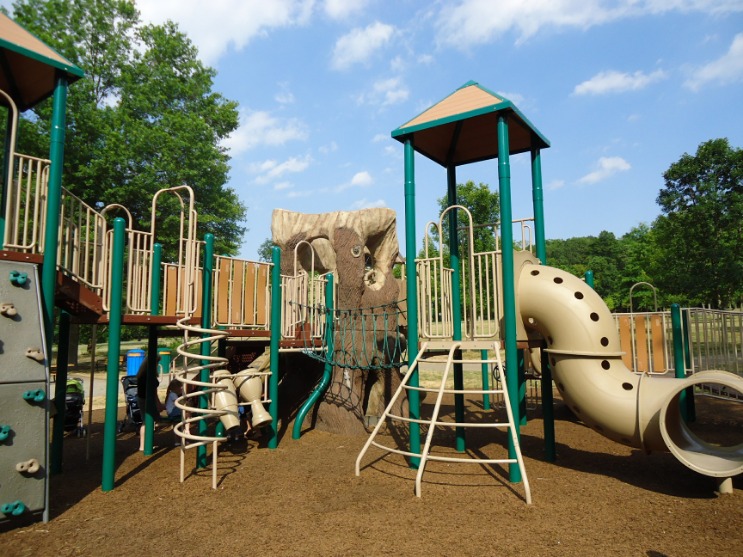The difference between a good haircut and a great one often comes down to repeatable precision. That reliability starts with the tools in hand, and few instruments in the station have a bigger influence on speed, consistency, and finish than stylecraft clippers. From the taper’s first guideline to the final cleanup around the nape, a well-engineered machine turns technique into a predictable rhythm.
Precision Is a System, Not a Spec
Great fades aren’t just about sharp blades; they’re about the entire system working in sync. Housing tolerances keep the blade set aligned through thousands of cycles. Motor torque stabilizes under load so bulk removal doesn’t bog down. Battery management sustains wattage without a mid-cut slump. When those elements are tuned together, your touch stays light and your edges stay clean.
Motor and Blade Synergy
Clipper motors either drift or drive. The ones that drive hold speed while chewing through dense patches, then soften as you refine shadows around the temple and occipital bone. With stylecraft clippers, that consistency is paired with blade geometries that minimize snagging even when you’re cutting against the grain. The result is fewer corrective passes and less cumulative heat on the skin.
Ergonomics That Withstand a Full Book
Long shifts punish wrists and thumbs. A balanced center of gravity, thumb grooves that cue natural angles, and low vibration help you maintain a feather-light stroke. When your tool reduces effort, your lines stay truer late in the day and your blends remain soft rather than compressed.
Why Pros Reach for Them When the Chair Spins Busy
Speed matters, but only if the finish holds up. The right clipper cuts fast without forcing you to chase imperfections. If you’re comparing options, explore stylecraft clippers to match motor types, blade sets, and guard systems to your workflow and clientele.
Battery Life, Heat, and Consistency
It isn’t just about runtime; it’s about stability. A robust power curve reduces micro-stutters that translate to micro-lines. Improved heat dissipation keeps the blade set comfortable during lineups and beard shaping. That means fewer cooldown pauses and more uninterrupted precision—one reason many barbers keep a dedicated set of stylecraft clippers for fades and another for bulk.
Maintenance That Protects Your Finish
Clean blades cut cooler and cleaner. A quick dust-out after every cut, a drop of oil at each corner before the next appointment, and occasional alignment checks keep your taper lever positions honest. Zero-gapping should be deliberate, not default; leave a whisper of play if your clients skew sensitive, and tighten it when your roster leans toward ultra-crisp linework.
Choosing the Right Setup for Your Chair
Start with your service mix. Heavy taper days benefit from high-torque motors and shallow-tooth fades blades; texture-heavy or curly hair often rewards a slightly deeper tooth that guides coils without tugging. If you travel or do house calls, prioritize compact housings, secure guards, and fast charging. In-shop, a dual-clipper approach—one tuned for bulk removal, one for surgical blending—can shave minutes per cut while elevating the finish.
The Guard and Blade Ecosystem
Guards aren’t accessories; they are calibration tools. Firm-fit, color-coded systems help you move through steps without second-guessing, and specialty blades—taper, fade, deep tooth—offer control over how the clipper introduces hair to the cutting edge. When the ecosystem is tight, your hands focus on angle and pressure, not on hardware quirks.
From First Pass to Final Polish
A clean canvas begins with dependable bulk removal, then moves seamlessly into controlled refinement. The right machine lets your lever work do the heavy lifting, so your comb and trimmer play supporting roles rather than rescue missions. That’s the quiet secret behind efficient, consistent cuts: tools that disappear in your hand and leave only proof of craft behind.

